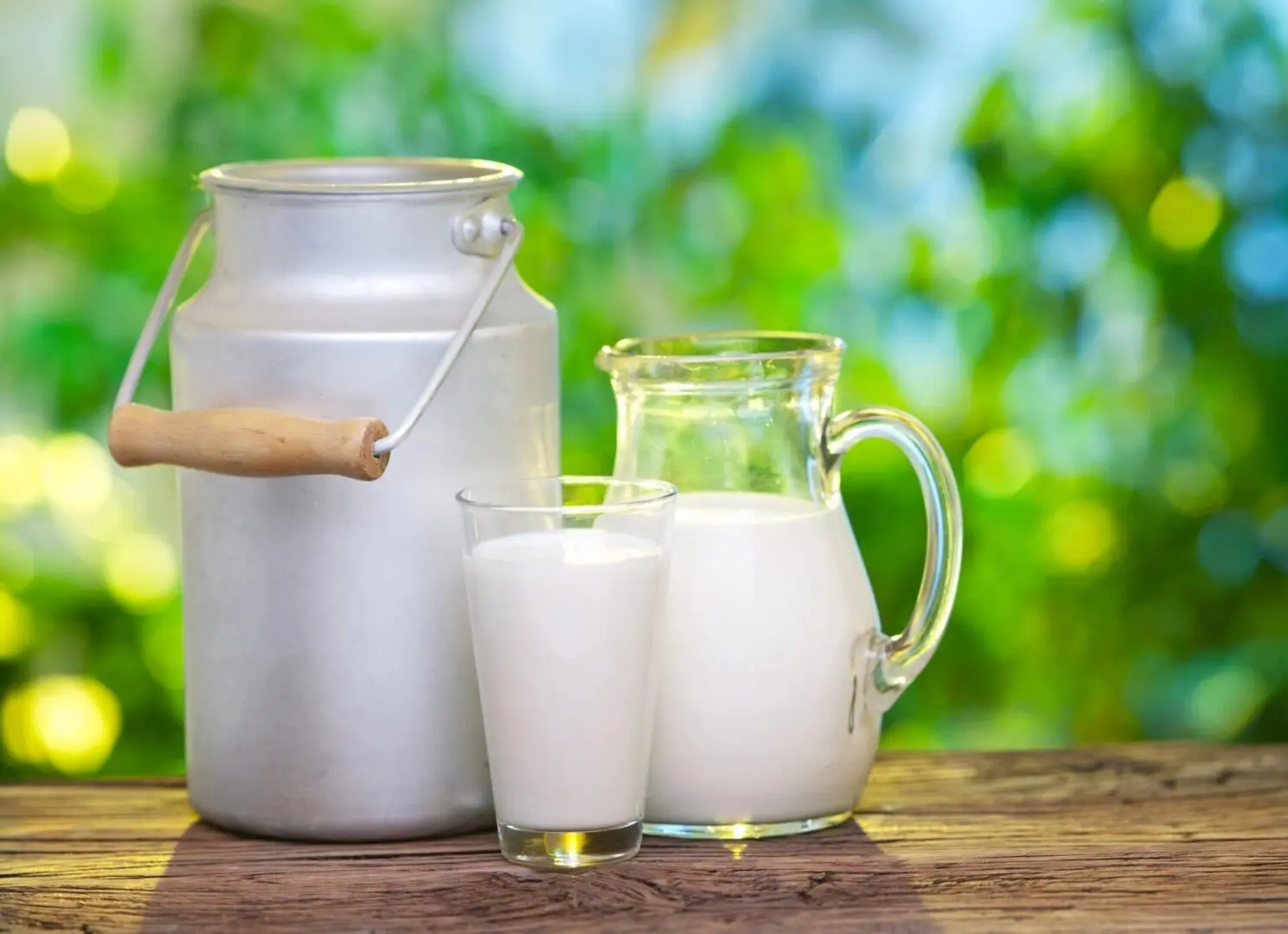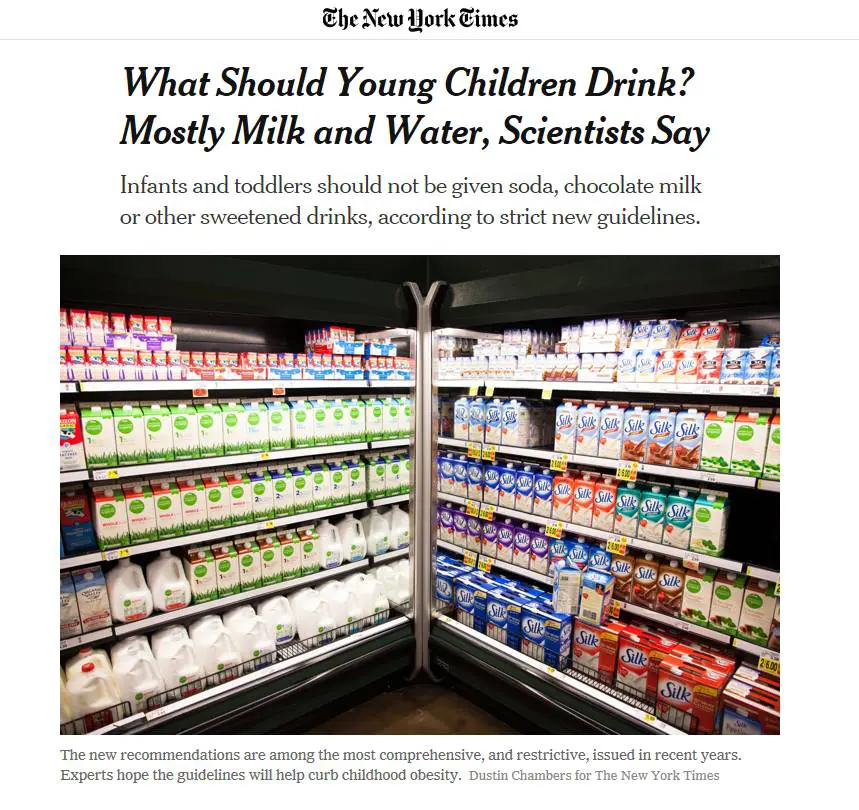Implementing the HDKM Policy Once Passed
Prior to passing a HDKM ordinance a substantial amount of ground work must take place. However, a concerted effort to ensure the ordinance is successfully implemented in the community is also of utmost importance. To be successful, the following are integral: engaging with the municipality to ensure that messaging and information are in place for restaurant inspectors (as well as city attorneys), working with restaurants to train staff and update menus, communicating to the public via press releases, continuing educational outreach, and, if possible, collecting data and reflecting on successes and challenges one year out.
Preparing for Ordinance Passage
Coordinate with Municipality
Every effort should be made to ensure that city staff are aware of ordinance parameters, available training, and written materials.
City staff should be given resources to reduce their workload in supporting restaurants to transition kids’ meals default healthy beverages. These documents include:
What is this new ordinance?
The (city name) City Council adopted an ordinance on (date) to support healthy beverage choices for children and their families. Ordinance XX requires (town) restaurants to promote healthy drinks without added sugar on children’s menus and by having the wait staff only verbally offer unsweetened drinks. The ordinance does not prevent the sale of sugary beverages to children, nor does it prohibit customers from purchasing them.
Why does the ordinance target sugary drinks?
Sugary beverages are the greatest source of added sugar and excess calories in children’s diets. Children who consume one or more drinks a day have an increased risk of health issues including type 2 diabetes, heart disease, cavities, and liver disease. Most notably, 1 in 3 children born in the year 2000 or later will develop type 2 diabetes. For children of color, research indicates this number is even higher stating that 1 in 2 children will develop type 2 diabetes. This ordinance will help make strides towards prioritizing and improving the health of children within (city).
How can I receive help in transitioning my kids menu?
(city) Public Health will provide training and technical assistance to assist your restaurant in establishing compliance with the ordinance
How will the ordinance be enforced?
Compliance will be reviewed as part of the regular Food Safety inspection process.
What’s the benefit for my restaurant?
This is low effort and sends the positive message that your restaurant supports youth health. Many chains have already done this including McDonald’s, Wendy’s, Dairy Queen, Burger King, IHOP/Applebee’s, Jack in the Box, so it helps your restaurant to be seen as a leader.
Will this cost my restaurant money?
Healthy drinks on children’s menus are cost neutral to consumers and food services alike, since your children’s meal already includes a drink in the one price. If concerned about re-printing menus we might have grant funds to help.
Is this really a trend in the industry?
Healthful Kids’ Meals is listed at the #6 trend in the National Restaurant Association’s What’s Hot 2018 Culinary Forecast. And as of spring 2018, ten other cities in the U.S. have passed ordinances supporting restaurants to only list healthy drinks on children’s menus. This is happening in California, Baltimore, and even in Lafayette CO!
What do customers think?
This supports parents by giving them easy access to healthy options. People stick to default healthy drinks 66% of the time. Any drink can still be ordered.
Are sugary drinks really that bad?
Children who drink at least 1 sugary drink a day are at increased risk of tooth decay/cavities, type 2 diabetes, heart disease, asthma, and depression.
We also know that a preschooler’s drink of choice remains their same one in adulthood. So if they start off usually having a healthy drink they will keep up the good health habit.
Letter to restaurants from the city to affected restaurant introducing the policy:
Dear Restaurant Owner,
On (date), the (town) City Council adopted an ordinance to support healthy beverage choices for children and their families. Ordinance XX requires (town) restaurants to promote healthy drinks without added sugar on children’s menus. The ordinance does not prevent the sale of sugary beverages to children, nor does it prohibit customers from purchasing them. The ordinance is only applicable to businesses within the City of XX.
This policy was brought forward by the (coalition name) to protect and promote the health of children by making it easier for parents to make the healthiest choices at restaurants for their children. Sugary beverages are the largest source of added sugar and excess calories in children’s diets.
Children who drink at least one sugary drink per day are at a 33% increased risk for heart disease and a 25% increased risk for type II diabetes. Most notably, 1 in 3 children born in the year 2000 or later will develop type 2 diabetes. For children of color, research indicates this number is even higher stating that 1 in 2 children will develop type 2 diabetes. This ordinance will help make strides towards prioritizing and improving the health of children within (town).
You are receiving this letter as your establishment may be impacted by the ordinance. Issued with this letter is a copy of the policy, an overview of enforcement, a fact sheet to share with your staff, and contact information to support your establishment through this change. If your establishment has a children’s menu that includes a beverage then modifications to the menu and communication with staff should be addressed.
(town) Public Health will provide training and technical assistance to assist your restaurant in establishing compliance with the ordinance Subsequently, compliance will be reviewed as part of the regular Food Safety inspection process.
Sincerely,
City of (town)

Securing Funding
Agency or municipality funding is helpful to support impacted restaurants; funds can be used to offset the costs of reprinting children’s menus and to support staff in providing technical assistance and training for restaurants. In particular, Smaller, non-chain restaurants may need financial support to reprint menus. Funding can be found through grants, partnering with cities, through local chambers, or through sugary drink taxes.
Seeking Intern Support
Utilizing an intern or an Master of Public Health or capstone student can be mutually beneficial. Roles may include:
Intern Job Description:
Immediately Following The Passing Of The Ordinance
Press
Have a press release prepared to be distributed the day after the ordinance passes to help control the narrative and to stay ahead of negative press.
- Sample Press Release
- Have an op-ed ready for local media in other local municipalities in which you’d like the ordinance to pass (this sample op-ed courtesy of Andy Krauss and the Prince George’s County Ordinance campaign):


Celebration
Take time to gather your coalition and members of the community who aided in passing the ordinance to celebrate and to acknowledge everyone’s hard work. If possible, use the group’s forward momentum and harness collective efforts to brainstorm other ways to improve children’s health and/or reduce sugary beverages in your community.
If funds allow, consider placing an ad in the local newspaper thanking council members and supporters.

Implementation
Data Collection
Data collected from restaurant inspectors prior to or during ordinance passage can be used to discern which restaurants to reach out to for technical assistance and to support enforcement. Additionally, the survey can be repeated one year from implementation to gauge the ordinance's effectiveness in enacting change.
The City of (city name) passed an ordinance that requires local restaurants and city venues with a kid’s menu to include water or unflavored milk as the default beverage for the meal. This ordinance does not prohibit a restaurant’s ability to sell, or a customer’s ability to purchase, a sugary beverage, if requested by the purchaser of the childrens meal.
[Provide local data and impact of targeted marketing on health outcomes]
We are asking you, as a resident of the (city), to complete this survey to help provide feedback. Thank you in advance for your time!
Restaurant Outreach
Outreach is critically important in successfully implementing HDKM ordinances. Research indicates that restaurants benefit from post-ordinance education and staff training. 91 percent of restaurant managers indicate that staff training and information would help to implement healthy drinks in kids’ meal policies. Little is accomplished if children’s menus offer only unsweetened drinks but servers continue to offer sugary beverages to kids when taking orders. Restaurants benefit from initial training (in-person or virtual) that outlines ordinance requirements and the provision of signage reminding servers and cashiers to only offer healthy drinks listed on the children’s menu to kids.
• Documents:


Healthy Default Beverage Ordinance
Promoting Healthy Drinks for Children
The Healthy (city) ordinance makes it easier for (city) residents and visitors to make healthy beverage choices for their children. The policy shifts the choices currently offered on children’s menus from beverages that contain added sugar to water, sparkling water, milk, and non-dairy milk alternatives. The policy is aligned with national trends that support making children’s meals healthier.
Requirements
Offer Only Select Beverage Options If your facility offers any type of “Children’s Meal” or “Kid’s Menu” that includes a beverage, the default beverage must be one of the following:
- Water, sparkling water, or flavored water (with no added natural or artificial sweeteners)
- Unflavored milk
- A non-dairy milk alternative
When a children’s meal is ordered, the beverage offered must be one of the options listed above, unless otherwise requested by the customer.
Use Images of Healthy Beverages
The beverage listed or displayed on the children’s menu must be one of the beverages listed above.
Accommodate Customer Requests
If a customer requests it, restaurants may serve any beverage as a substitute for a kid’s meal default beverage
Support
Enacting a recognition program for restaurants helps promote the change and provides visual support. To recognize restaurants in the community that have taken the step to offer healthy drinks with their kids' meals, window clings can be distributed in English and in Spanish. This also serves to promote unsweetened beverages to customers. A press release regarding the clings can be submitted to local news sources to highlight the movement towards healthier drinks.

FOR IMMEDIATE RELEASE
CONTACT: (name, email, phone number)
(county) County Public Health recognizes restaurants that prioritize children’s health
Window clings will highlight restaurants that offer healthy drinks for kids
(Town) County, (State) – (City) families will soon have an easy way of knowing whether a restaurant offers healthy drinks with their kids’ meals. (County) County Public Health is distributing “Super Kids – Healthy Kids’ Drinks Served Here” window clings to restaurants that offer water, milk, or non-dairy milk alternative or water to children to advertise their commitment to the health of (city’s) kids. The window clings are available in Spanish and English.
Restaurants that serve healthy drinks to kids are taking an important step in protecting and promoting children’s health! Sugary drinks are a major contributor to chronic disease for children and adults alike. They are the number one source of added sugars in the American diet. Children who drink at least one sugary drink per day are at a 33% increased risk for heart disease and a 25% increased risk for type II diabetes.
What restaurants serve to children is increasingly important. Americans eat meals outside of their home more often than ever. In fact, close to half of food expenditures are now spent at restaurants and the average family eats out four or more times per week. A child who eats out four times per week and who has a sugary beverage each time can gain eight pounds of additional weight annually.
Restaurants that offer healthy drinks to kids are responding to a growing demand for healthier options for children. Even kids are on board. A recent national study found that over 80 percent of children surveyed would be happy to receive a restaurant meal served with milk, water, or flavored water instead of soda.
If you own a restaurant that offers healthy drinks with kids’ meals and haven’t received a window cling, please contact (name) at (email address or phone).
City Council Outreach
Gratitude for the time City Council has spent discussing the ordinance should be expressed in a thank you note. It is also worthwhile to take time to ask council members what type of evaluation metrics would be most useful to them for assessing the effectiveness and impact of the ordinance.
Community Outreach
While most community education should have been done prior to the ordinance passing, continued outreach may be useful. Following are resources and verbiage for engaging the community in healthy drinks education:
Online Resources


Sugary Beverage Alternatives
Why Healthy Drinks in Kids’ Meal Ordinances?



Social Media Outreach
Reflection
One-year post-implementation, report back to city council and/or your coalition to demonstrate change and the impact of the ordinance.
- PowerPoints can include:






